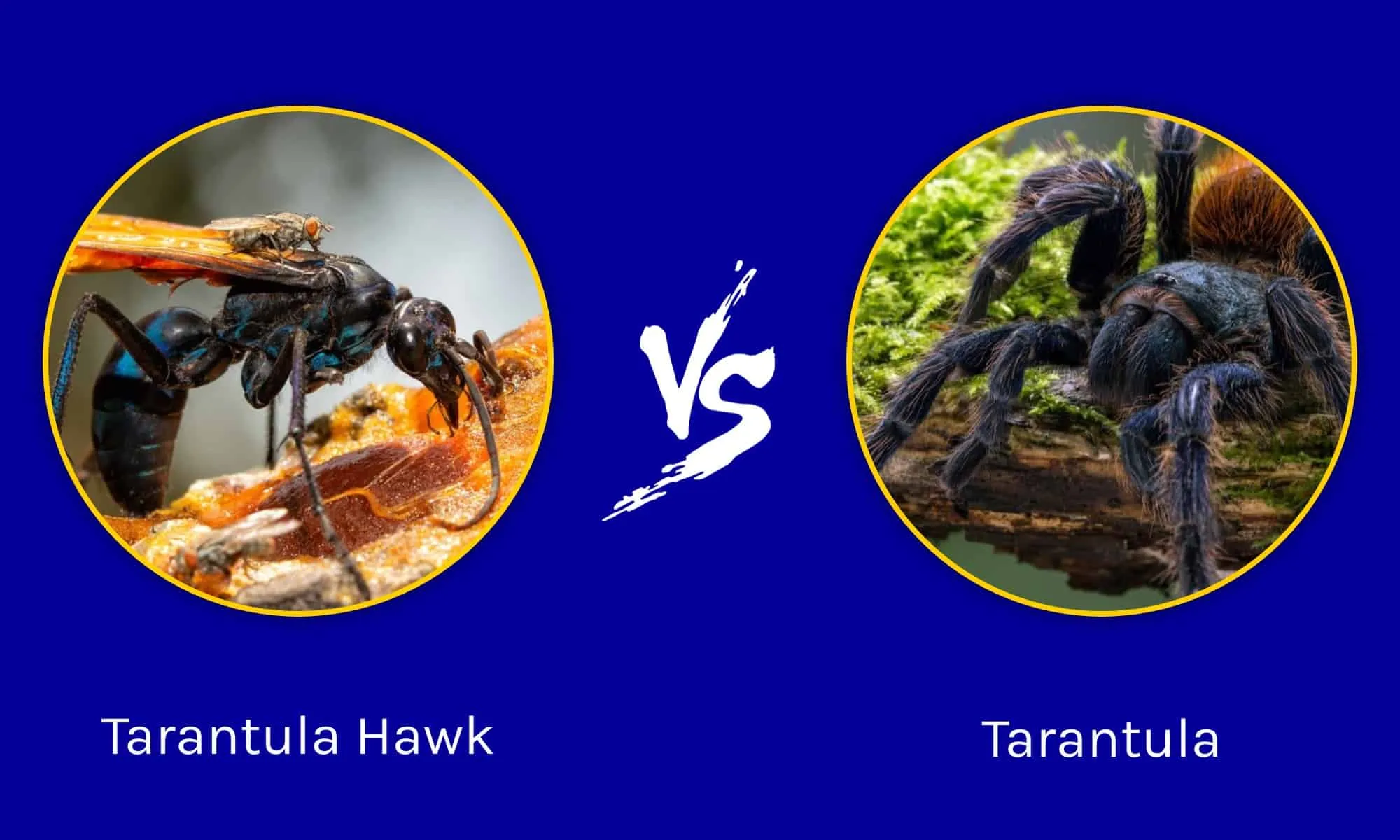Hamster vs Tarantula Which Pet Is Right for You?
Choosing a pet is a significant decision, and the choice between a hamster and a tarantula presents a unique dilemma. These creatures offer vastly different pet ownership experiences. One is a fluffy, active mammal, and the other is a fascinating, yet often misunderstood, arachnid. This guide will help you navigate the hamster versus tarantula debate, providing you with the information needed to make an informed decision that aligns with your lifestyle, preferences, and commitment level. Whether you are a seasoned pet owner or a first-time buyer, understanding the nuances of each pet is essential for ensuring their well-being and your satisfaction.
Understanding Hamsters and Tarantulas
Before diving into a direct comparison, let’s establish a foundational understanding of each pet. Hamsters and tarantulas, despite being drastically different, both captivate pet owners in their own ways. Hamsters are popular for their playful nature and relatively low maintenance requirements, while tarantulas attract admirers with their unique appearance and the tranquility of their care routine. Recognizing the core characteristics of each pet will set the stage for a well-informed decision-making process. This section offers a brief overview of both hamsters and tarantulas, setting the context for more detailed comparisons.
Hamster Overview
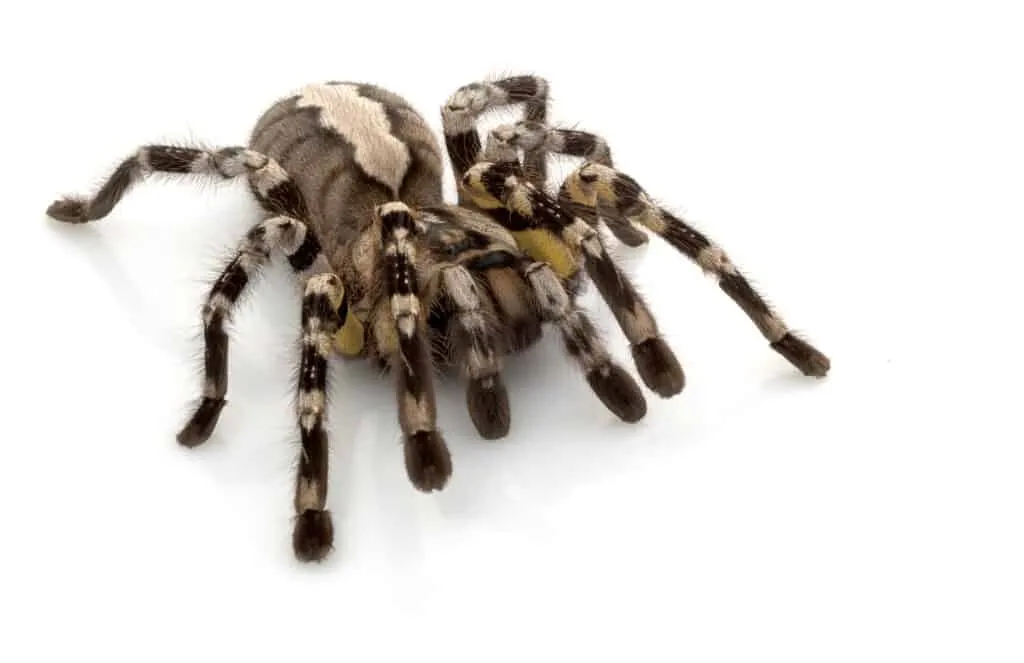
Hamsters, small rodents belonging to the subfamily Cricetinae, are among the most popular small pets. They are known for their endearing appearance, playful behavior, and relatively easy care requirements, which make them attractive to both children and adults. Common hamster species kept as pets include the Syrian hamster, also known as the golden hamster, and various dwarf hamster species such as the Roborovski, Campbell’s, and Winter White hamsters. Originating from various parts of the world, including Eastern Europe and Asia, these pets thrive in captivity when provided with proper care and a stimulating environment. A well-cared-for hamster can provide years of companionship and joy. (hamster-running-wheel.webp)
Hamster Characteristics
Hamsters exhibit several key characteristics that define their role as pets. They are primarily nocturnal animals, meaning they are most active during the night and often sleep during the day. Hamsters are naturally solitary creatures and, unless they are a dwarf species, should typically be housed alone to prevent fighting. They have a lifespan of approximately 2-3 years, offering a moderate commitment to pet ownership. Hamsters are also known for their cheek pouches, which they use to store food, and their habit of burrowing and creating elaborate tunnels within their bedding. Understanding these characteristics is crucial to providing appropriate care.
Hamster Care Requirements
Caring for a hamster involves several key responsibilities, including providing a suitable habitat, a balanced diet, and regular interaction. A proper habitat should include a spacious cage, preferably with a solid floor to prevent injury to their feet, filled with appropriate bedding material like paper-based bedding or aspen shavings. A balanced diet consists of hamster food pellets, fresh vegetables, and occasional treats. Regular cleaning of the cage is essential to maintain hygiene and prevent health issues. Furthermore, providing toys, such as a running wheel, tunnels, and chew toys, will ensure the hamster’s mental and physical well-being. Regular checkups for any signs of illness or distress are also necessary to ensure they are healthy and happy. (hamster-cage.webp)
Tarantula Overview
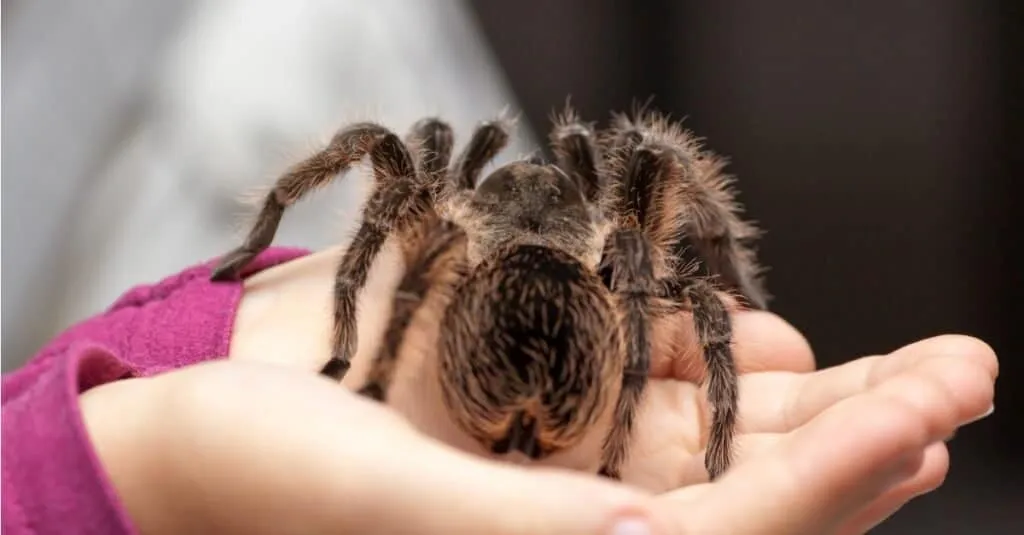
Tarantulas are large, hairy spiders belonging to the family Theraphosidae. These arachnids have gained popularity as pets because of their impressive appearance, their relatively low-maintenance care, and their docile nature when handled correctly. They come in a wide variety of species, colors, and sizes, originating from tropical and subtropical regions worldwide. Tarantulas typically have a lifespan that far exceeds that of hamsters; some species can live for decades, providing a long-term commitment for their owners. Their captivating appearance and unique behaviors have made them a fascinating alternative to more traditional pets. (tarantula-close-up.webp)
Tarantula Characteristics
Tarantulas have several characteristics that make them distinctive pets. They are solitary creatures, preferring to live alone. They have a life span ranging from 10 to 30 years, and the females live longer than the males. Tarantulas have exoskeletons and regularly molt as they grow, shedding their old skin. They are ambush predators, meaning they wait for their prey and then strike. They are also known for their defensive behaviors, such as flicking urticating hairs, which can cause skin irritation. Understanding these characteristics is vital for safe and effective care. Their size and coloration vary significantly depending on the species, adding to their allure.
Tarantula Care Requirements
Caring for a tarantula involves creating a suitable environment, providing appropriate food, and ensuring a safe habitat. A tarantula’s enclosure requires a terrarium with appropriate substrate (such as coconut fiber or peat moss) to maintain humidity, a water dish, and a hide, such as a piece of cork bark. Feeding involves insects, such as crickets, mealworms, or roaches, and the frequency of feeding depends on the spider’s age and species. It’s important to ensure the tarantula’s enclosure is secure and escape-proof, as they are excellent escape artists. Regular monitoring of the humidity and temperature levels is also crucial for their well-being. (tarantula-enclosure.webp)
Comparing Hamsters and Tarantulas
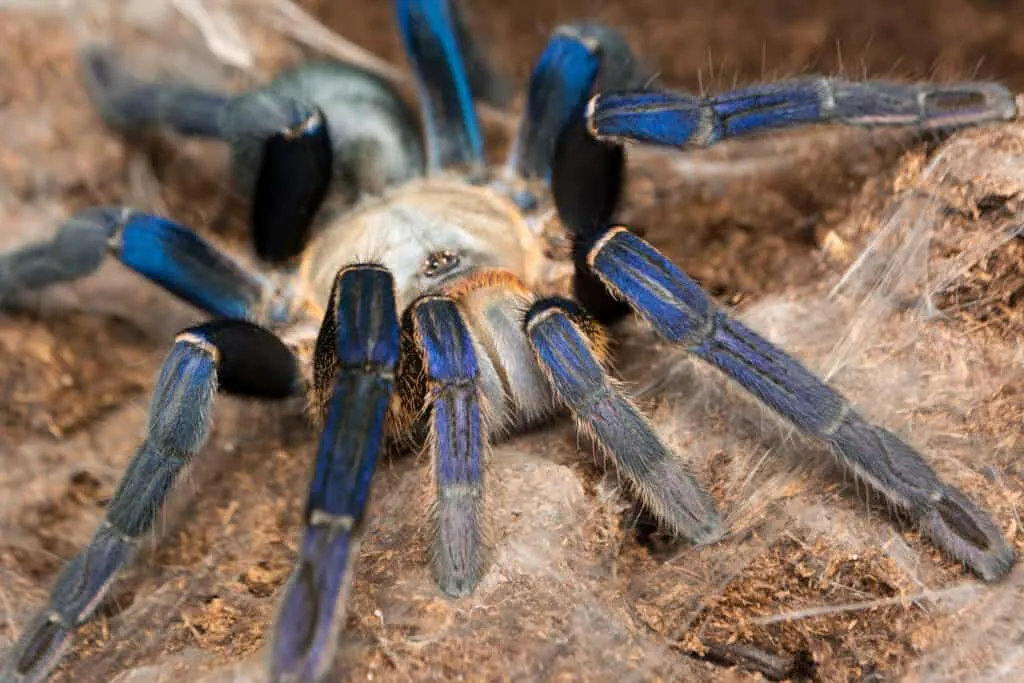
Comparing hamsters and tarantulas side-by-side is essential to making the right pet selection. These pets have significant differences across various factors, from temperament to care requirements. This comparison will help you understand the pros and cons of each pet, aiding in the decision-making process. Each pet offers a distinct set of advantages and disadvantages, ensuring that the best choice aligns with your personal preferences and lifestyle. Consider several key areas to make the best decision.
Temperament and Handling
Hamsters are generally more interactive pets, particularly Syrian hamsters, that enjoy playtime and can become accustomed to handling. They can be quite social, and some may enjoy being held and played with. However, they can also be prone to biting if startled or mishandled. Tarantulas, on the other hand, are best observed rather than handled. While some tarantulas are docile, others may be defensive and prone to biting or flicking irritating hairs. Regular handling is generally not recommended as it can stress the tarantula. Therefore, if you prefer a pet you can interact with physically, hamsters might be the better choice. It’s important to weigh the benefits of human interaction against the stress it can cause for the animal when making this choice.
Lifespan and Commitment
Hamsters have a relatively short lifespan, typically living for 2-3 years. This is a manageable commitment for most pet owners. Tarantulas, however, have a far longer lifespan, with females often living for 10-30 years, depending on the species. This extended lifespan requires a significant long-term commitment, making tarantulas a pet choice for individuals who are ready for a pet that will be a part of their life for many years. Consider your long-term plans and whether you can provide care for the pet for such an extended period. The longevity of a tarantula means that you must be prepared for the responsibilities of a pet for many years, and hamsters may be better for people not ready for such a long-term investment.
Housing and Environment
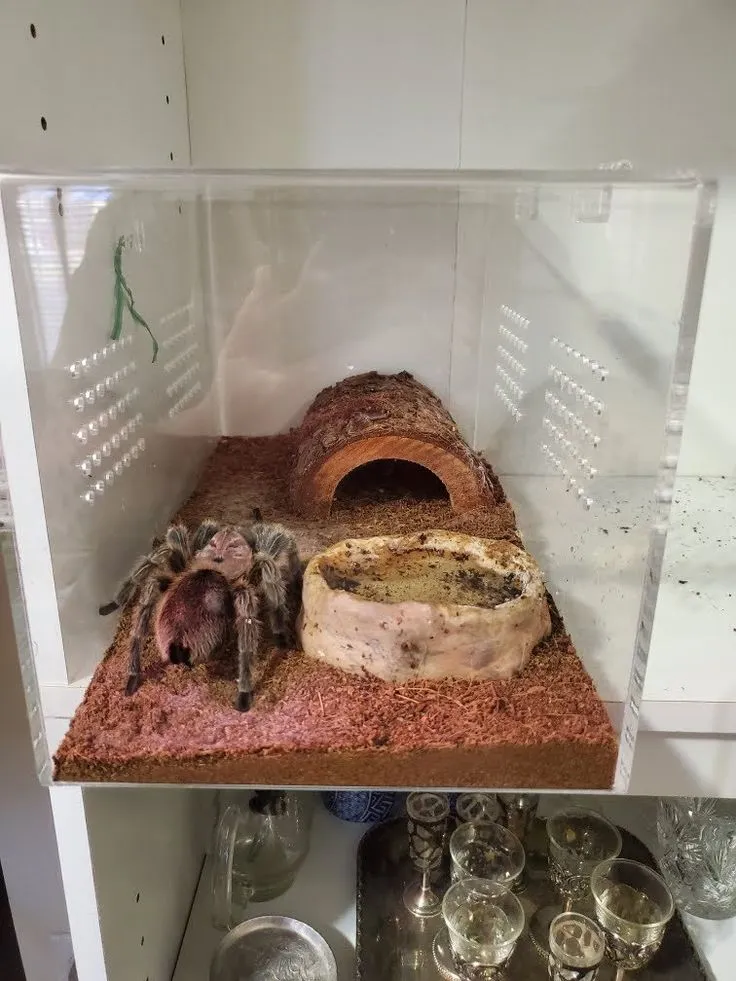
Hamsters require cages with a solid floor, appropriate bedding, and toys for enrichment. The size of the cage should be large enough to accommodate the hamster comfortably. Hamsters need regular cage cleaning to maintain a healthy environment. Tarantulas require a terrarium with appropriate substrate, a water dish, and a hide. They need consistent humidity and temperature levels within their enclosure. Tarantula enclosures require less frequent cleaning compared to a hamster cage. The right housing is vital to the pet’s well-being. Hamsters can be fun to watch and are active, requiring a wheel and toys. Tarantulas may provide more peace and relaxation for some, preferring to be left alone. (hamster-eating.webp)
Diet and Feeding
Hamsters require a balanced diet of hamster food pellets, fresh vegetables, and occasional treats. Fresh water should always be available. Hamsters need daily feeding and have a fast metabolism. Tarantulas, on the other hand, are carnivorous and primarily eat insects. They need to be fed only a few times a week, depending on their size and age. Tarantulas also require fresh water, provided in a shallow dish. Their feeding schedule is significantly less frequent than that of a hamster. This may be more convenient for those who travel or have a busy schedule. This also makes them ideal for owners looking for a low-maintenance pet. (tarantula-feeding.webp)
Health and Veterinary Care
Hamsters are prone to certain health issues, such as respiratory infections, dental problems, and wet tail. Veterinary care is crucial and can sometimes be expensive. Tarantulas are generally hardier pets and are less prone to common illnesses. However, they can be susceptible to injuries during molting or problems with their exoskeleton. Veterinary care for tarantulas is less readily available compared to hamsters. The accessibility of veterinary care and the frequency of potential health issues should also be taken into account when choosing between these two pets. Regular vet checkups and prompt treatment for any health issues will increase the life expectancy of your pet.
Considerations Before Choosing
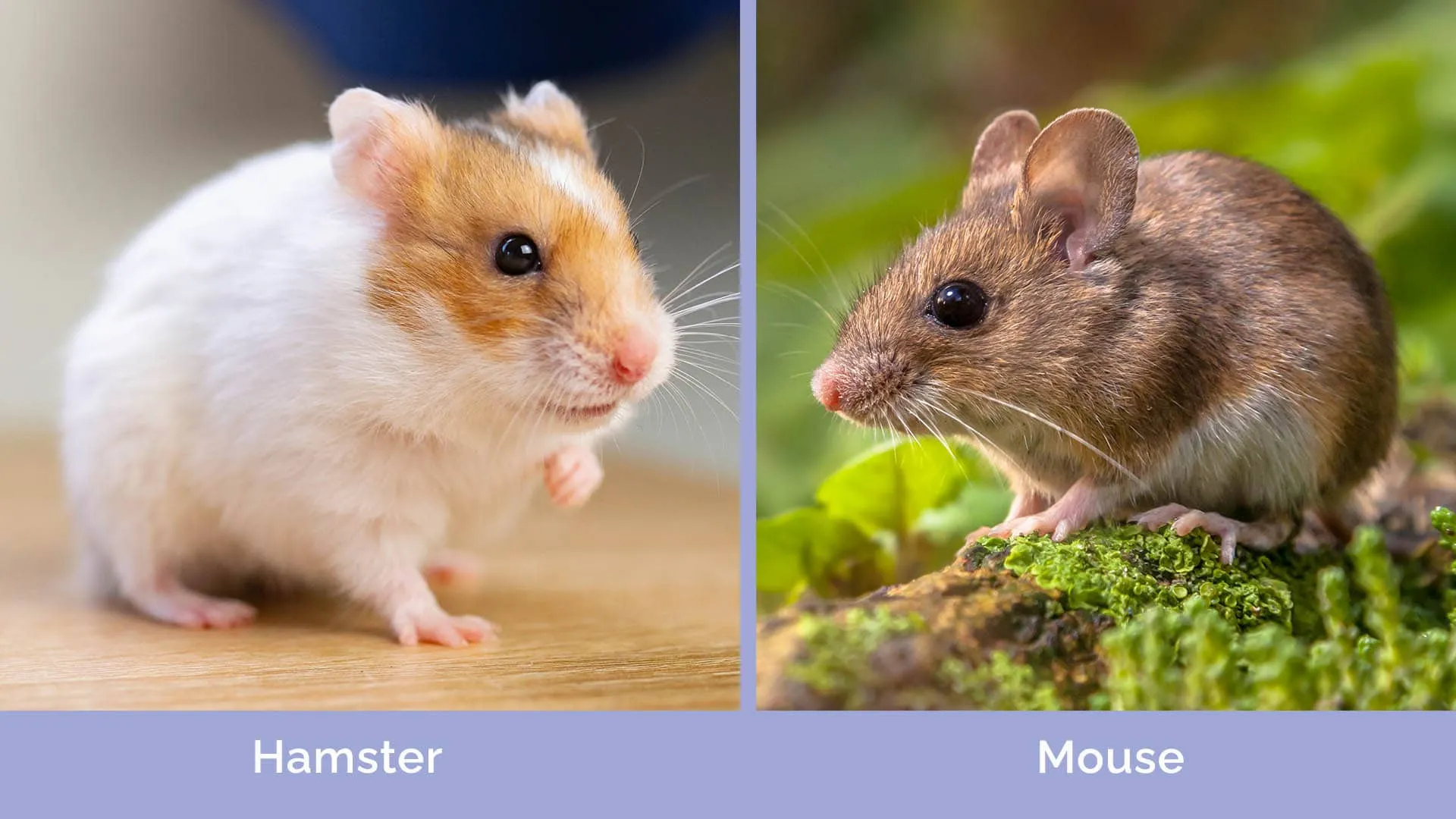
Making the final decision on whether to get a hamster or a tarantula requires careful consideration. Factors such as your lifestyle, potential allergies, and personal preferences should all be taken into account. The decision should reflect a well-informed and thoughtful approach. Your decision-making should involve a comprehensive understanding of each pet and its associated responsibilities.
Your Lifestyle and Time Commitment
Evaluate your daily routine and available free time. Hamsters require daily interaction, feeding, and cage cleaning. Tarantulas require less frequent care, making them suitable for individuals with busy schedules. Think about whether you have the time and energy for daily care activities or if you prefer a pet that demands less attention. The level of care needed can be a deciding factor, and choosing the right pet based on your schedule will result in a more rewarding experience.
Allergies and Sensitivities
If you or anyone in your household has allergies, consider that hamsters can cause allergic reactions due to their fur and dander. Tarantulas do not typically trigger allergies, but their urticating hairs may cause skin irritation for some. Consider the possible health implications for all members of your household when making this decision. Ensure you consider all potential health risks. This can help to avoid any unexpected health complications, and it makes sure all members of the household are safe and comfortable with the new pet.
Personal Preferences

Reflect on your personal preferences regarding pet interaction. Do you prefer an active pet that enjoys playtime, or do you appreciate a pet that is more observational? Hamsters are more interactive and enjoy social contact, while tarantulas are better suited for observation. Your comfort level and preference for handling and interacting with the animal should influence your final decision. Consider what you want from a pet, and the decision becomes much easier. The choice should consider the long-term goals you want when it comes to pet ownership.
Final Decision Hamster or Tarantula?
Ultimately, the best pet for you depends on your individual circumstances. Hamsters can be a good choice for individuals who prefer a more interactive pet, have time for daily care, and are not concerned about potential allergies. Tarantulas are an ideal choice for those seeking a low-maintenance pet, have an interest in arachnids, and are prepared for a long-term commitment. It’s important to carefully weigh the pros and cons of each pet before making a decision. Regardless of your choice, thorough research and understanding the care requirements are key to providing a happy, healthy life for your pet.
Where to Acquire Your Pet
Acquiring a hamster or a tarantula should be done responsibly. Hamsters can be purchased from reputable pet stores or breeders. Ensure that the hamster is healthy and has been properly socialized. Tarantulas can be purchased from specialized breeders or reptile stores. Always ensure the tarantula is sourced from a reputable seller and that the species is legal in your area. This also helps to avoid any issues down the road. Choosing a reputable source is essential for the health of your pet.
Resources and Further Reading
Before bringing your new pet home, consult resources and educational materials. Consult with veterinarians who are experienced in the care of these types of pets. Read books, websites, and forums to learn more about hamster and tarantula care. Learning more about their specific needs is essential. There is a vast amount of information available online. Additional information can help provide your new pet with the best possible care.
